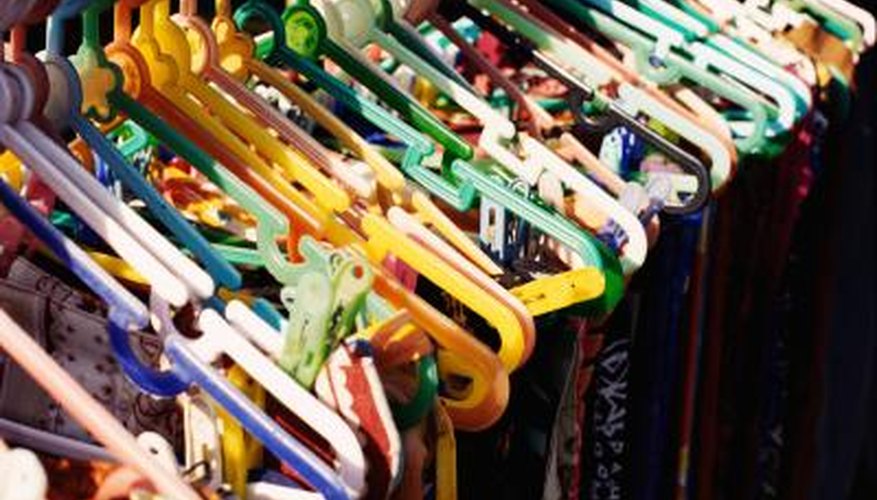Since World War II, one of the greatest advances in materials has been nylon, a chemical-based material which revolutionised clothing. There are now vast numbers of these man-made fibres, such as polyester. These have overtaken natural fibres, like cotton, as the main component of modern clothing, but although these materials have numerous advantages, there are some serious drawbacks too.
Cost
The most obvious benefit to producer and consumer is the comparatively low cost of producing man-made fibres. The basis of polyester is crude oil, which is extracted out of the ground for fuel anyway. It is the byproducts of this process which are used to make man-made fibres and other thermoplastics. The processing to turn them into fibres is relatively inexpensive and making them into clothing is far easier than weaving with cotton.
- The most obvious benefit to producer and consumer is the comparatively low cost of producing man-made fibres.
Landspace
Growing natural fibres takes up a lot of space. Thinking back to images before the Civil War, landscapes in the agricultural heartland of the American Deep South were dominated by cotton production. Hundreds of thousands of acres were cultivated with a single crop which was used primarily by Britain's clothing factories. This land can now be used for other purposes, be it to grow other crops, process raw products, like corn into ethanol, or for housing. This could also be seen as a disadvantage as man-made fibres have had a serious effect on the farming industry as growing cotton is no longer economically viable for many farmers.
- Growing natural fibres takes up a lot of space.
- This could also be seen as a disadvantage as man-made fibres have had a serious effect on the farming industry as growing cotton is no longer economically viable for many farmers.
Colouring
The reason why nylon was such a revolution was that it could be dyed easily. Clothing could be multicoloured, have slogans printed on them and still be washed in the same way. Previously, man-made fibres were dull colours and, if dyed, had to be washed separately as the colours would run. This led directly to the colourful clothing commonly associated with 1960s counterculture.
- The reason why nylon was such a revolution was that it could be dyed easily.
- Previously, man-made fibres were dull colours and, if dyed, had to be washed separately as the colours would run.
Durability
Materials like nylon and polyester are also a lot stronger than natural fibres. The clothing not only lasts longer, but is also more durable than cotton. Trips and falls no longer mean ripped clothes. Stain removal from man-made fibres is considerably easier as the thread do not absorb foreign substances. The clothes also do not become waterlogged in the rain.
- Materials like nylon and polyester are also a lot stronger than natural fibres.
- The clothes also do not become waterlogged in the rain.
Biodegradable
A major problem with man-made fibres is the fact that they do not biodegrade. If a pure cotton shirt is left outside, it will eventually decompose to nothing. A polyester shirt will remain in the same state for hundreds of years. As these fibres are petroleum-based, if left outside, the chemicals in them can seep into the soil and damage local ecosystems. Some other plastics, such as polythene terephthalate which is used in plastic bottles, are recycled to make clothing.
- A major problem with man-made fibres is the fact that they do not biodegrade.
- If a pure cotton shirt is left outside, it will eventually decompose to nothing.
Environmental impact
Man-made fabric has an even longer-lasting environmental impact than just not biodegrading. The extraction of the crude oil to manufacture them is environmentally damaging and the chemicals used also create toxic byproducts which are damaging to the local environment.
